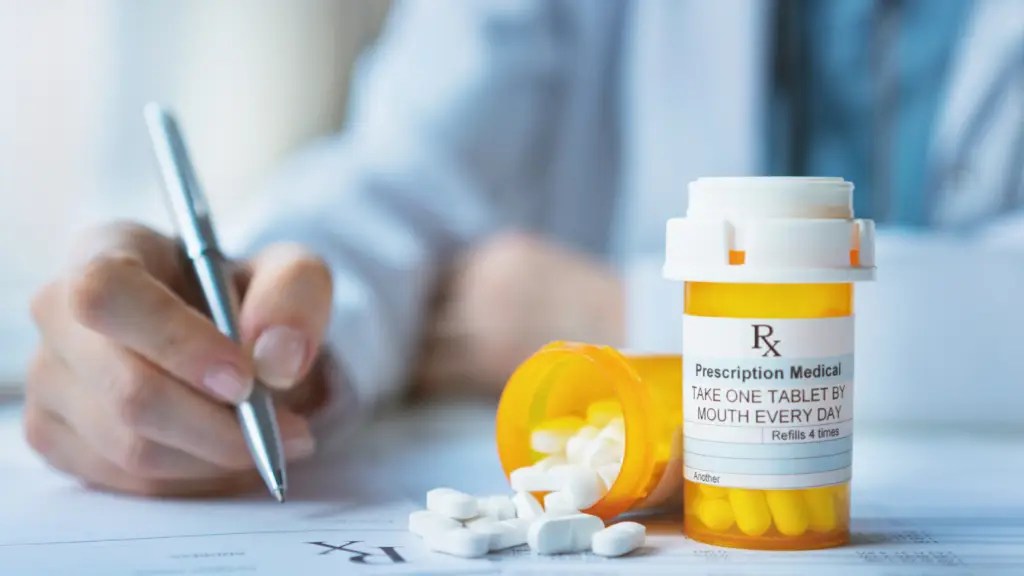Attention-Deficit/Hyperactivity Disorder (ADHD) affects millions worldwide, causing symptoms such as inattention, impulsivity, and hyperactivity. While behavioral therapies and lifestyle changes are important, stimulant medications often serve as a cornerstone of treatment. Below, we cover what stimulant medications are used for ADHD, which ones tend to be most effective, and why they help.

What Stimulant Medications Are Used for ADHD
Stimulant drugs are typically the first-line pharmacological treatment for ADHD. They work rapidly and are effective in roughly 70% of children and adults with ADHD.
Major Classes & Examples
1. Methylphenidate-based stimulants
- Methylphenidate (e.g. Ritalin, Concerta, etc.): One of the most commonly used ADHD stimulants. It increases concentration and reduces impulsivity by boosting dopamine and norepinephrine signaling.
- Dexmethylphenidate: The active “d-isomer” of methylphenidate; some patients may tolerate it better or find it more potent.
- Serdexmethylphenidate/dexmethylphenidate (Azstarys): A newer formulation combining a prodrug and active drug for sustained effect.
2. Amphetamine-based stimulants
- Amphetamine and mixed amphetamine salts (Adderall, etc.): Widely used in adult and pediatric ADHD treatment.
- Lisdexamfetamine (Vyvanse): A prodrug form that is converted to dextroamphetamine in the body, offering smoother onset and potentially lower abuse potential.
These stimulants are available in various formulations—immediate-release, extended-release, and combinations designed to provide sustained symptom control throughout the day.
When Stimulants Are Not Suitable
Some individuals can’t tolerate stimulant side effects or have contraindications such as underlying cardiovascular disease or a history of substance use. In such cases, non-stimulant medications (e.g. atomoxetine, guanfacine, clonidine) may be used.
Which Stimulant Is Best for ADHD?
There is no one-size-fits-all stimulant that works best for everyone. The “best” stimulant largely depends on the individual’s biology, side effect tolerance, lifestyle needs, and how their ADHD manifests. Below are considerations and evidence-based insights:
Key Factors to Consider
- Symptom profile (e.g. inattentive vs hyperactive)
- Duration needed (some need all-day coverage, others only for work or school)
- Side effect profile and how well a patient tolerates appetite suppression, sleep disruption, increased heart rate, etc.
- Comorbid conditions such as anxiety, mood disorders, or heart issues
- Risk of misuse or dependency
Evidence & Expert Recommendations
- Methylphenidate tends to be used very commonly and is generally well-studied across age ranges.
- Amphetamine-based stimulants may be preferred in some cases when methylphenidate is insufficient.
- Prodrug options (like lisdexamfetamine or serdexmethylphenidate/dexmethylphenidate) are often chosen for smoother pharmacokinetics and possibly reduced abuse risk.
- Clinicians often use titration—gradually adjusting dose—to find the optimal balance between effectiveness and tolerability.
In practice, the first few weeks often involve switching formulations or adjusting dose until the best match is found.
Why Stimulant Medication Helps ADHD
Understanding the neurological basis helps explain why stimulants can be so effective in treating ADHD.
Mechanism of Action
- Stimulants increase the levels of dopamine and norepinephrine in the brain by blocking their reuptake and promoting their release.
- These neurotransmitters play a key role in attention, executive function, impulse control, and motivation. Increasing their availability helps the brain maintain focus and resist distractions.
Clinical Effects & Benefits
- Reduced hyperactivity, impulsivity, and fidgeting
- Improved ability to sustain attention and complete tasks
- Better performance in academic, occupational, and social settings
- Enhancements in working memory, planning, and self-regulation
Supporting Evidence
- Studies indicate ~70% responder rate in both children and adults.
- In adult ADHD, combining behavioral therapy with stimulants is often considered the gold standard.
- Because stimulants act quickly, they provide rapid feedback about dosing adjustments, making them highly responsive tools.
⚠️ Safety, Monitoring & Caveats
- Common side effects include appetite suppression, insomnia, weight loss, increased heart rate, and elevated blood pressure.
- Before prescribing, clinicians assess cardiac history, blood pressure, growth in children, and risk for substance abuse.
- Regular monitoring is needed—vital signs, growth curves (in children), and symptom adjustment over time.
- Not everyone responds perfectly; if one stimulant fails or causes intolerable side effects, switching or combining with non-stimulants is routine.
Conclusion
Stimulant medications are a powerful and proven tool in the management of ADHD. While many effective options exist—such as methylphenidate and amphetamine derivatives—the “best” choice depends on individual factors. Because stimulants address core neurotransmitter deficits in ADHD, they often yield noticeable improvements in attention, impulse control, and daily functioning.
At pharmacyportal.eu, you’ll find reliable, up-to-date information on ADHD treatments, supporting research, and guidance for patients and providers. Always consult a qualified clinician before starting, adjusting, or combining medications.
